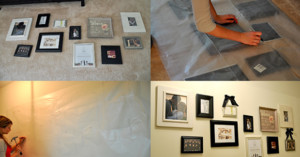
Use Wax Paper to Plan Out Your Picture Frame Layout on the Ground
If you’re planning to hang a bunch of picture frames on a wall, Marissa Waddell of …

If you’re planning to hang a bunch of picture frames on a wall, Marissa Waddell of …
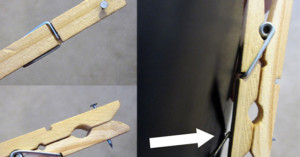
Michele over at The Scrap Shoppe offers this handy trick for hanging picture frames: hammer a nail through a clothespin and use it to determine nail placement. Simply hang the picture on the clothespin nail, figure out where you want to place the frame, and then push the clothespin into the wall to make a small indent. Voila! Target acquired.
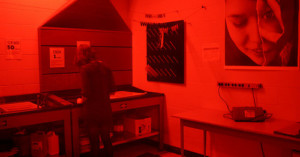
Sick of staring at giant darkroom timer while waiting for chemicals to do their work? Try replacing the timer …
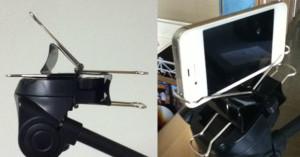
Want to attach your smartphone to your tripod without buying a special mount? Two large binder clips can do …
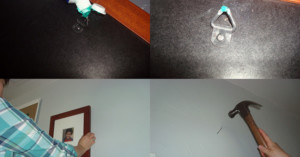
Have trouble figuring out exactly where you need to hammer in a nail when hanging up a picture frame? …

Did you know that your morning cup of coffee can help you predict rain? It’s a trick used by …
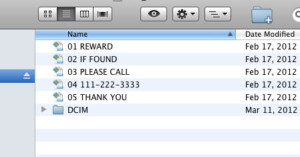
If you were to lose your camera today, would anyone who found it be able to get in touch …
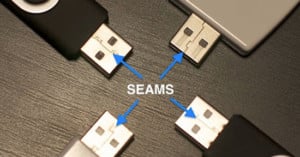
Here's a simple trick for those of you who find yourself always plugging in USB cables the wrong way on your first attempt: pay attention to the seam on the metal tip.
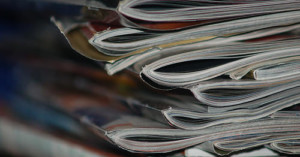
Reading a camera’s user manual is a great way to become familiar with all of its features and functions, …
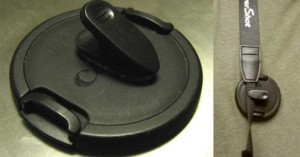
Have a habit of losing your lens caps? Add a clip to them to keep them attached to your …
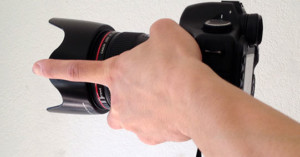
Having trouble framing shots when “shooting from the hip” and not looking through (or at) your camera? …

Want to know how long it’ll take you to save up for that camera or lens you’ve been dreaming …
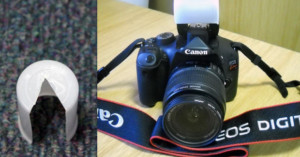
Here’s a quick and easy photo hack: cut a slice out of a white film canister to soften the …
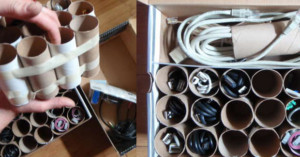
Like many electronic devices, cameras often come with certain cables that are neither necessary enough to be used often …
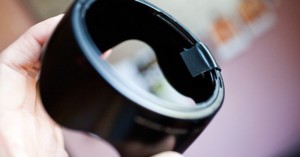
Lens hoods can become loose over time, leading to annoying rattling sounds or problematic vignetting if the …

Here’s a neat productivity tip for those of you who regularly buy stuff online (e.g. obsessive photo gear buyers): …
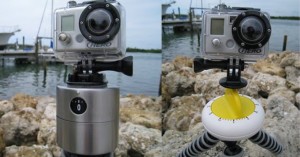
Want to add some simple panning action to a time-lapse video? Trying using a cheap IKEA kitchen timer. GetawayMoments has a tutorial on how to convert a $2-$6 timer from IKEA into a simple device for your time-lapse projects.
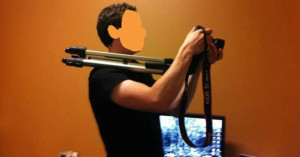
If you ever find yourself needing some quick stabilization when recording video with your DSLR, but don’t have a …
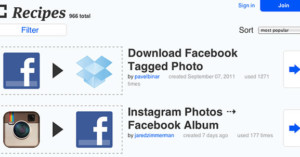
ifttt (If This Then That) is a new service that lets you automate …
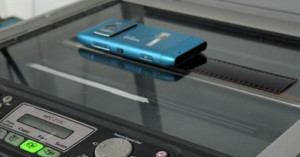
We shared a couple weeks ago that it's possible to scan film using an ordinary flatbed scanner and a DIY cardboard adapter, but did you know you can also use a large-screen cell phone or tablet computer to provide the necessary backlighting? All you need is a way to turn a large portion of the screen entirely white (e.g. a "flashlight" app). Simply place the device facedown over the film on the scanner, and scan it with the cover open.
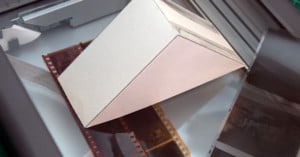
If you've tried to scan film using an ordinary flatbed scanner as you would a piece of paper, you've probably discovered that it didn't turn out very well. The reason is because film needs to be illuminated from behind, while conventional scanners capture light that's reflected off what they're scanning. Before you give up hope and shell out money for a film scanner, here's some good news: you can build a cheap and simple cardboard adapter that turns any scanner into a film scanner!
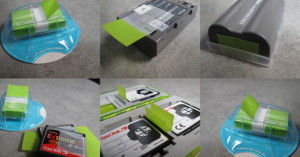
Do you have an efficient way of keeping track of which batteries or memory cards are fresh and ready …
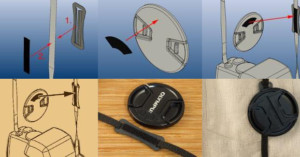
If you’re the kind of person that constantly misplaces your lens caps after removing them to shoot (Psst! You …
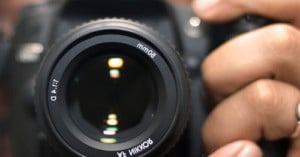
Having a camera with you may get you better customer service at places like restaurants, retail stores, and hotels.
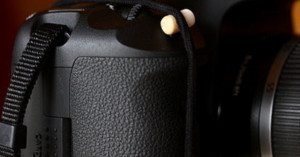
Need to hold down the shutter release for extended periods of time, but don’t want to shell out money …
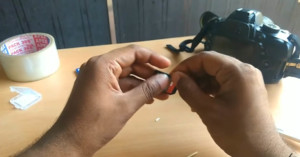
Here’s a clever trick to keep in mind if you use SD cards for your photography: if the locking …
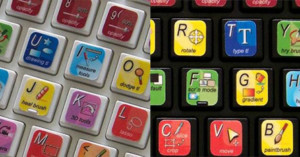
You’ve probably seen the special keyboard covers for Mac keyboards that show you the Photoshop shortcut each key is …

If you care about not having your photographs used with permission, there’s a Firefox extension called …
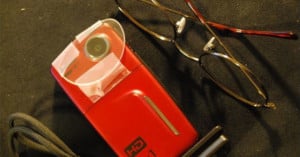
Did you know that reading glasses can be used as a cheap macro lens for your camera phone? Make reader Sean Lee discovered this neat hack and wrote a short tutorial on the technique.
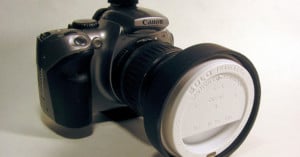
If you need some quick white balancing for whatever reason, and don’t have a white balance card or Expodisc …
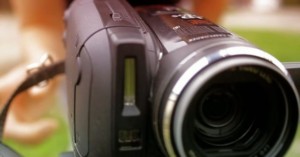
Here’s a quick tip by Vimeo user Braxton McCarthy: use rubber bands when …
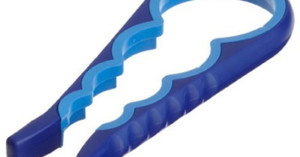
Here’s a quick photo related life hack: if you have a lens filter that just won’t come …

Here's a useful idea related to the memory card recovery tutorial we shared yesterday: if you're ever confronted by someone who forces you to delete your photos (and our magical photographers' rights gray card doesn't work), go ahead and delete them! What most people don't know is that deleted photos can easily be recovered afterward. Even photos on a memory card that's formatted and completely wiped can usually be restored.
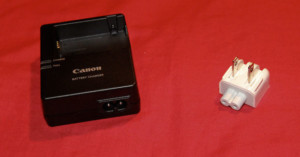
Some battery chargers (e.g. those that come with Canon's pro and prosumer cameras) plug directly into the wall and have prongs that fold into the charger, while others (e.g. the Canon T2i charger) connect to the wall via a removable cable. Though this may be more space efficient when connecting to a socket or surge protector, the extra chord takes up space and can be a hassle. CheesyCam has a clever solution: use an Apple wall plug duck head adapter to transform the charger into a wall charger.
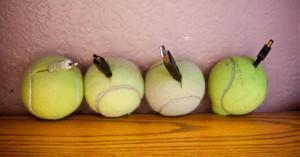
We found and shared a pretty useful tip a while ago that involved organizing loose cables with …
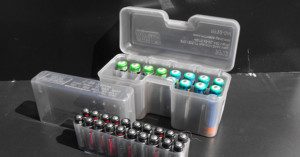
If you find yourself carrying around loose batteries all the time, here’s an …
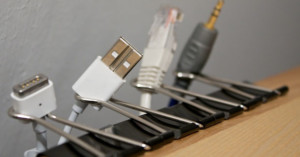
If you're like me, then you have a bazillion cables lying on and around your desk for various gadgets, including laptops, cameras, cell phones, Bluetooth headsets, and the like. Here's a tip for organizing all those cables to always have them neat and ready for action: use binder clips.
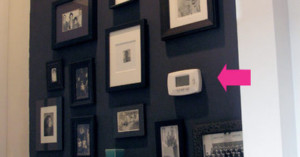
Have an ugly thermostat in your home that you wish you could hide when not in use? Hanging photographs …